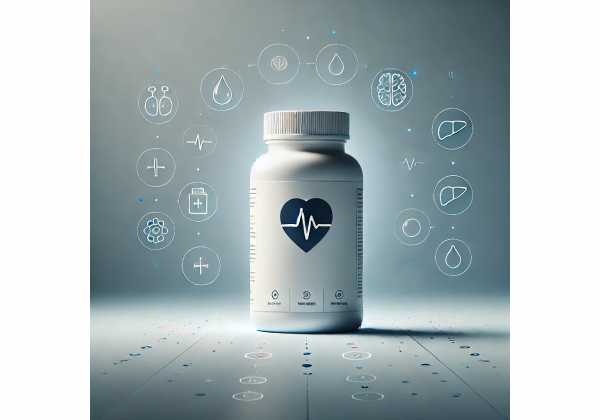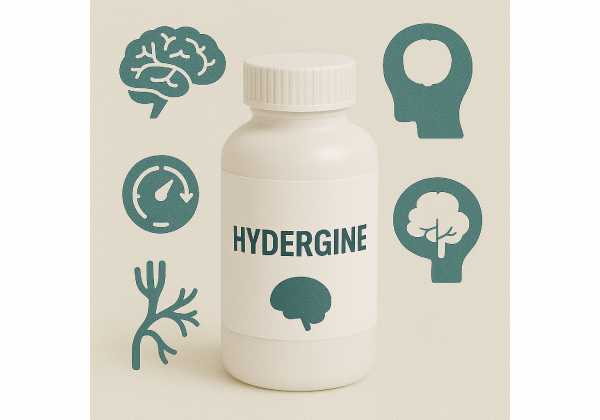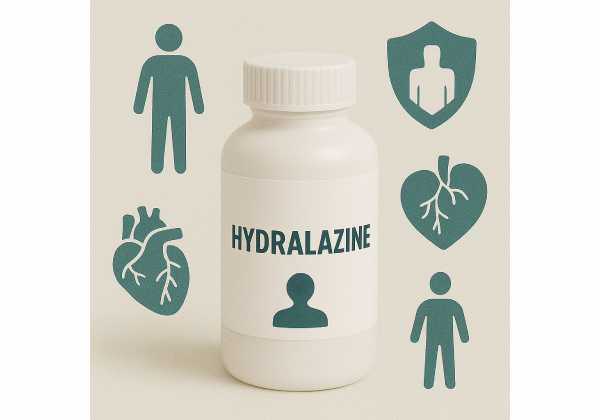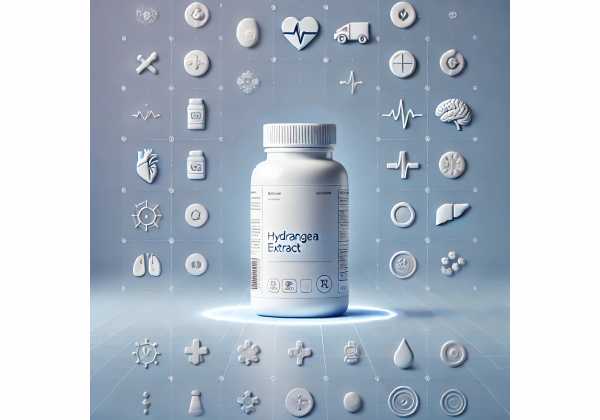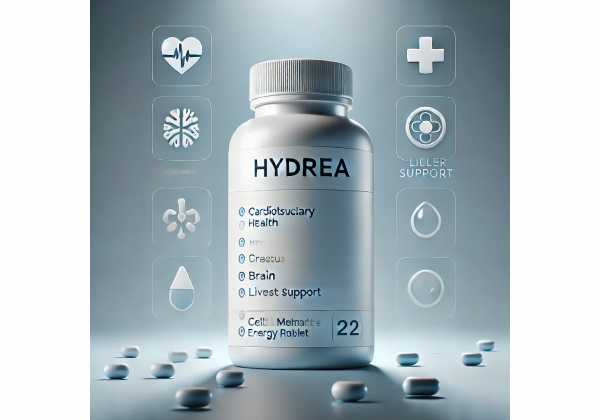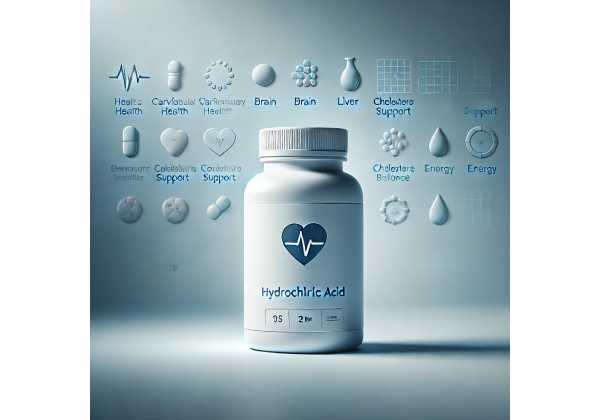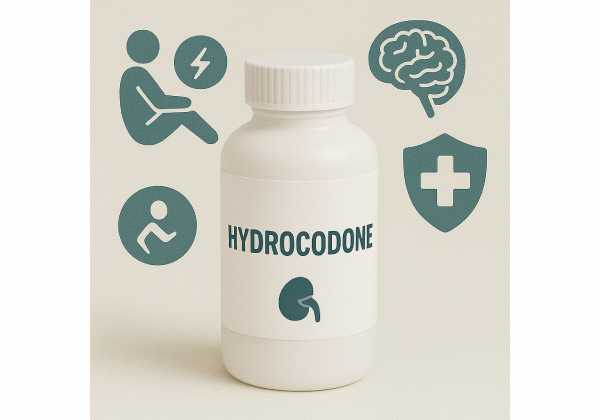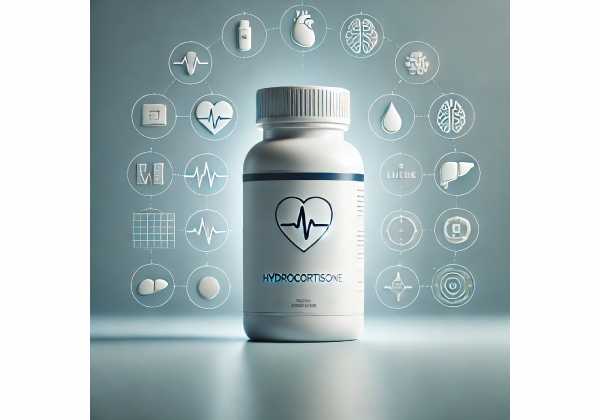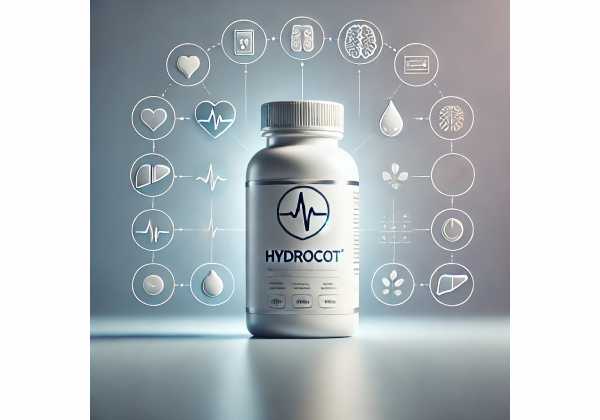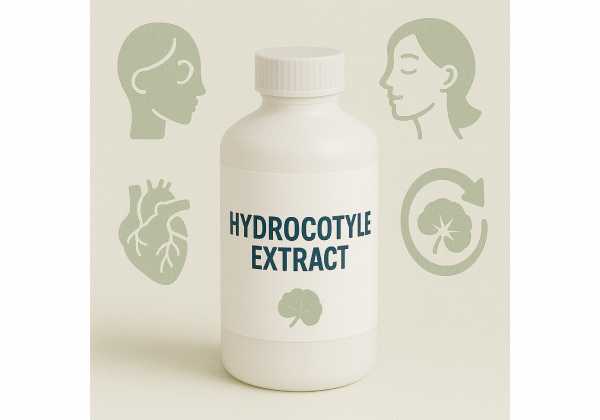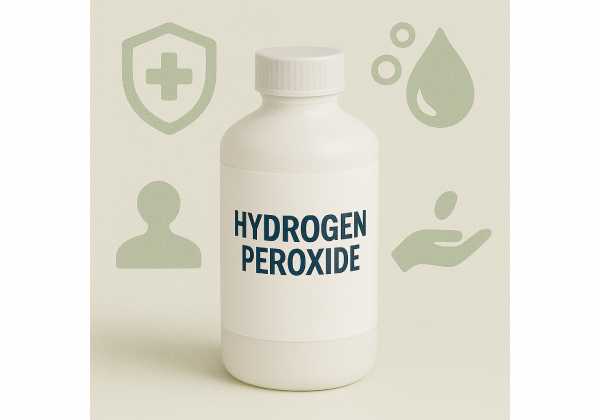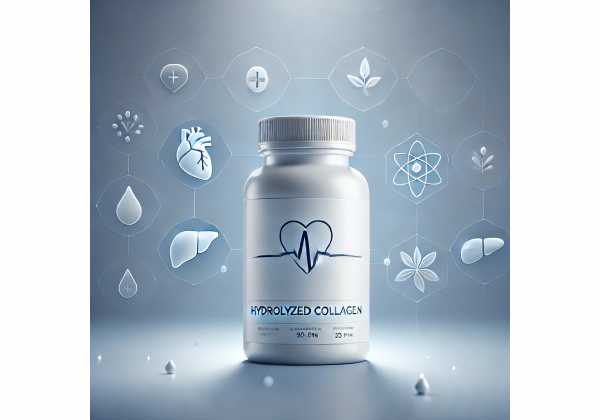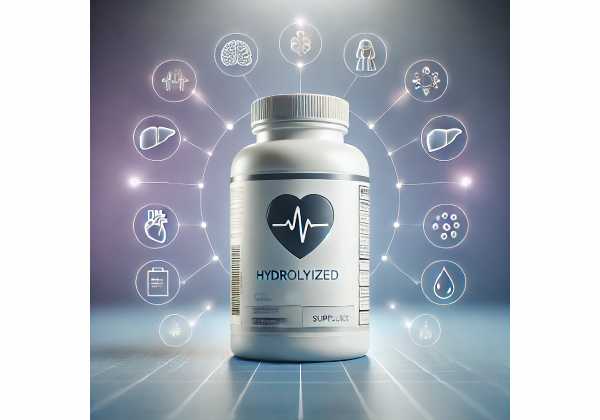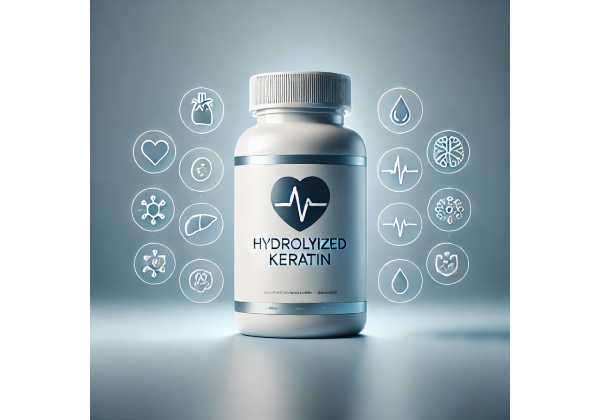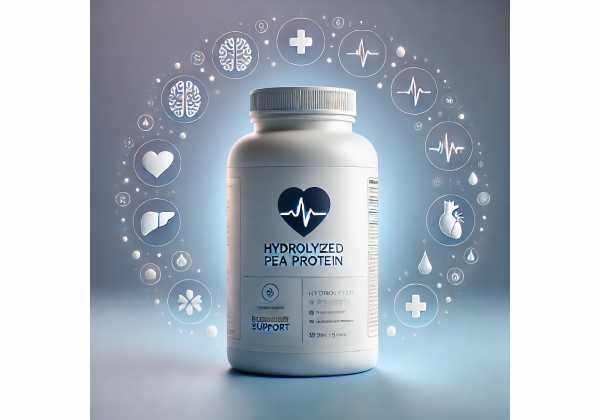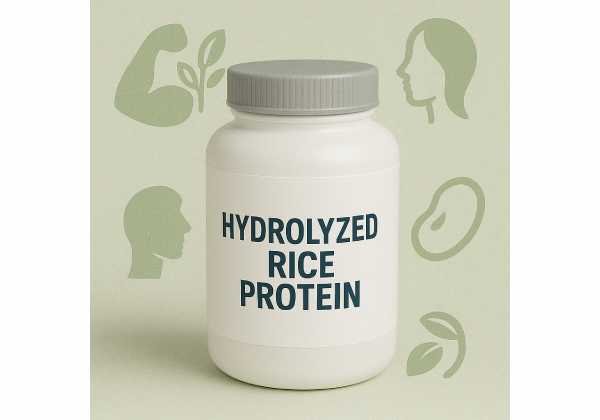Hydase: Subcutaneous Hydration Support, Drug Dispersion, Recommended Dosages, and Side Effects
Hydase is the brand name for hyaluronidase, an injectable enzyme used by clinicians to help fluids and medicines spread more evenly through subcutaneous tissue. By temporarily breaking down hyaluronic acid—the “gel” that holds cells together—Hydase lowers tissue viscosity so injected solutions absorb faster and more predictably. In practice, this makes subcutaneous hydration (hypodermoclysis) more efficient, supports dispersion of certain...
Hydergine: Cognitive Benefits, How It Works, Dosing, and Safety Explained
Hydergine is the long-known brand name for ergoloid mesylates, a mixture of hydrogenated ergot alkaloids once prescribed to ease symptoms associated with age-related cognitive decline. Today, it lives in a complicated space: some older trials reported modest improvements in attention, alertness, motivation, or self-care, while modern geriatric guidelines caution against routine use because benefits are uncertain. If you have...
Hydralazine: Blood Pressure Control, Heart Failure Role, Dosing, and Safety
Hydralazine is a long-standing prescription medicine used to lower blood pressure by relaxing the small arteries (arterioles). Because it targets resistance vessels, it reduces afterload and can improve forward blood flow from the heart. Clinicians use hydralazine in several settings: as an add-on for difficult-to-control hypertension, as part of a fixed-dose combination with isosorbide dinitrate in heart failure with...
Hydrangea extract: Skin Benefits, Weight Support, Dosage, and Safety Explained
Hydrangea extract comes from several species in the Hydrangea genus, most notably Hydrangea serrata, Hydrangea macrophylla, and Hydrangea paniculata. In traditional East Asian use, processed Hydrangea serrata leaves have been brewed into a naturally sweet tea; in modern wellness, hot-water leaf extracts and standardized coumarin-rich fractions are studied for skin appearance, weight-management support, and kidney protection in preclinical models....
Hydrea: Uses for Sickle Cell Disease and Myeloproliferative Disorders, Dosage, and Risks
Hydrea is the original brand of hydroxyurea, a disease-modifying medicine with two very different lives: as an antimetabolite used in oncology and as a cornerstone therapy for sickle cell disease. By inhibiting ribonucleotide reductase, hydroxyurea slows abnormal cell proliferation. In red blood cells, it also raises fetal hemoglobin (HbF), which makes cells less likely to sickle, cutting painful crises...
Hydrochloric acid: Properties, Common Applications, Dilution Guidelines, and Safety Risks
Hydrochloric acid (HCl) is a strong, highly corrosive mineral acid best known as the main acidic component of gastric juice and as a backbone chemical for industry, laboratories, pool care, and building maintenance. In water, hydrogen chloride gas forms hydrochloric acid across a wide range of concentrations—from very dilute solutions used for laboratory titrations to concentrated “muriatic acid” for...
Hydrocodone: Uses for Acute and Chronic Pain, Properties, Dosage Guidelines, and Side Effects
Hydrocodone is a prescription opioid analgesic used to manage moderate to severe pain when other treatments are not enough. In immediate-release combinations (often with acetaminophen), it helps short-term pain after injury, surgery, or dental procedures. Extended-release forms (single-entity hydrocodone) support around-the-clock control for carefully selected patients with severe, persistent pain. Like all opioids, hydrocodone carries real risks—respiratory depression, dependence,...
Hydrocortisone: When to Choose Cream or Ointment, Correct Dosage, Benefits, and Safety Tips
Hydrocortisone is a low-potency corticosteroid that calms itch and redness by dialing down inflammation in the skin. In over-the-counter (OTC) form, it’s commonly used for eczema flares, dermatitis, insect bites, and mild rashes. Prescription strengths and specialized formulations treat more stubborn patches and certain anal or rectal symptoms. Because it’s mild compared with other steroids, hydrocortisone is often a...
Hydrocot: Skin Healing and Collagen Support, How to Use It, Recommended Dosage, and Safety
“Hydrocot” is commonly used in product names and discussions as a shorthand for extracts of Hydrocotyle/Centella asiatica—better known as gotu kola or “cica.” Modern Hydrocot formulations concentrate a family of triterpenes (asiaticoside, madecassoside, asiatic acid, madecassic acid) that help skin recover from irritation, support collagen remodeling, and improve microcirculation in the smallest blood vessels. That is why you see...
Hydrocotyle extract: Skin and Wound Healing Benefits, How to Use It, Dosage by Form, and Safety
Hydrocotyle extract—better known today as Centella asiatica or “gotu kola”—comes from a small creeping herb long used in traditional systems and now common in modern dermatology and vascular care. Standardized extracts are rich in triterpenes such as asiaticoside, madecassoside, asiatic acid, and madecassic acid. These compounds help regulate collagen production, temper inflammation, and support microcirculation. As a result, Hydrocotyle...
Hydrogen Peroxide: Benefits for Surfaces and Oral Care, Proper Use, Recommended Concentrations, and Side Effects
Hydrogen peroxide (H₂O₂) is a simple molecule with powerful oxidizing properties that make it useful across home care, dentistry, eye care, and healthcare settings. In low concentrations, it helps disinfect surfaces and debris-laden wounds, acts as an oral debriding agent in mouth rinses, and powers some contact lens systems—provided those systems fully neutralize the peroxide before lenses touch your...
Hydrolyzed collagen: Bioavailability, Real Results for Skin and Joints, How Much to Take, and Precautions
Hydrolyzed collagen—often labeled “collagen peptides” or “collagen hydrolysate”—is a pre-digested form of collagen that dissolves in cold liquids and is easy to absorb. People use it for joint comfort, skin elasticity and hydration, tendon and ligament support, nail strength, and recovery from activity that loads connective tissues. Because it is rich in glycine, proline, and hydroxyproline, hydrolyzed collagen supplies...
Hydrolyzed Gelatin: Skin and Joint Benefits, Evidence, Dosage Recommendations, and Side Effects
Hydrolyzed gelatin—often labeled “collagen peptides” or “collagen hydrolysate”—is a broken-down form of collagen that dissolves in cold liquids and is easy to digest. People turn to it for joint comfort, skin elasticity and hydration, nail strength, and recovery from activity that stresses tendons and ligaments. Because hydrolyzed gelatin is rich in the amino acids glycine, proline, and hydroxyproline, it...
Hydrolyzed keratin: Strengthening Hair and Reducing Breakage, Evidence-Based Uses and Risks
Hydrolyzed keratin is a broken-down form of the same tough protein that makes up your hair, skin, and nails. By cutting large keratin chains into smaller peptides and amino acids, manufacturers create an ingredient that can bind to damaged hair, support the skin barrier, and even be taken orally in specialized supplements. In haircare, hydrolyzed keratin helps reduce breakage,...
Hydrolyzed pea protein: Vegan protein for strength, recovery, and practical dosing
Hydrolyzed pea protein is a plant-based protein made by enzymatically breaking pea protein isolate into smaller peptides. This process improves mixability and may speed digestion compared with intact proteins, making it attractive for athletes, busy professionals, and anyone who prefers dairy-free options. It offers a full essential amino acid profile, with moderate leucine and high lysine, and it is...
Hydrolyzed rice protein: Benefits for muscle recovery, how to use it, optimal dosage, and safety
Hydrolyzed rice protein (HRP) is a plant-based protein produced by breaking rice protein into smaller peptides. This process—called enzymatic hydrolysis—aims to improve solubility, speed up digestion, and reduce allergenicity compared with intact rice or dairy proteins. HRP appeals to people who want a dairy-free, gluten-free, and generally well-tolerated protein that still supports muscle recovery, everyday nutrition, and specialized medical...

